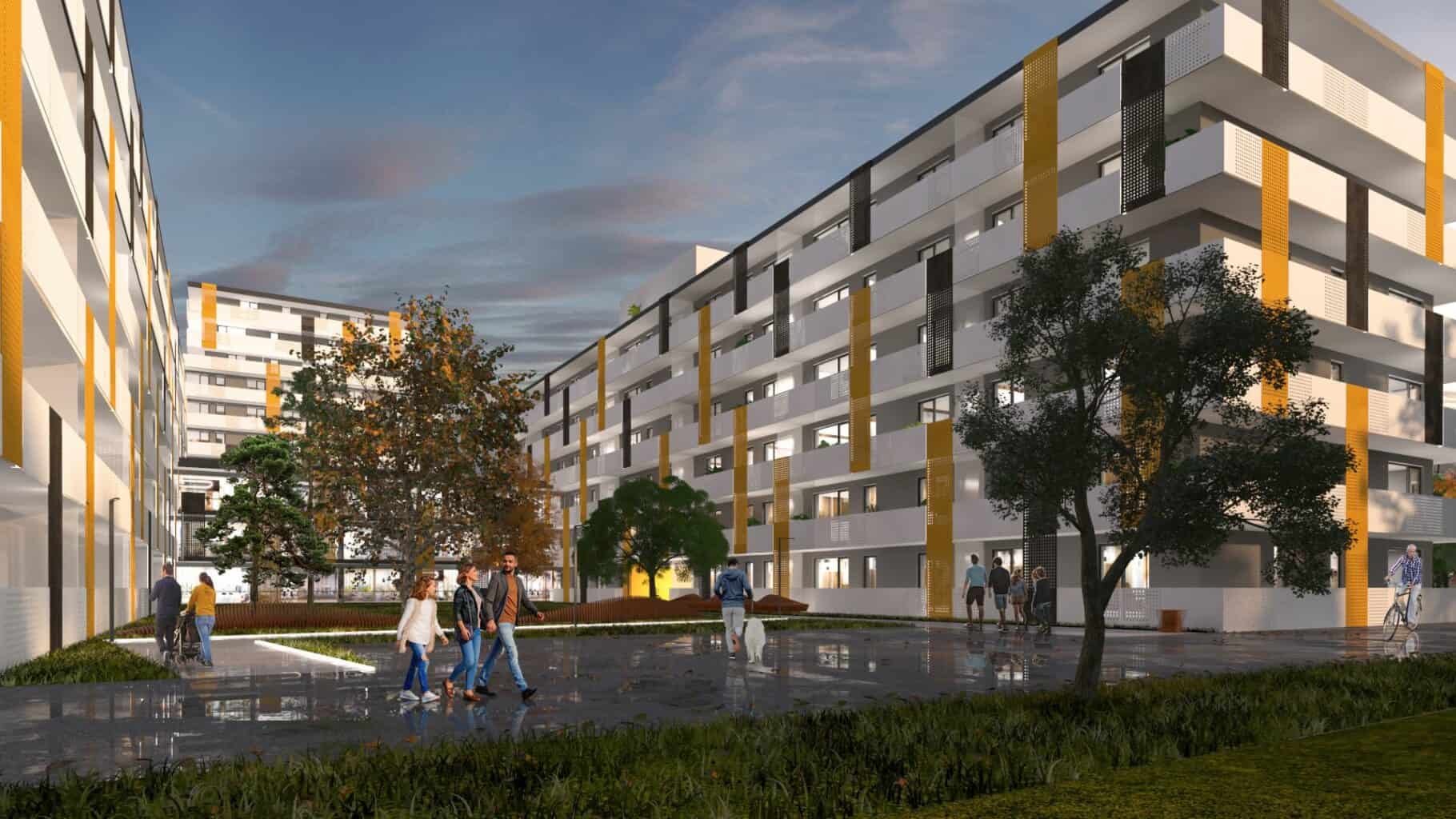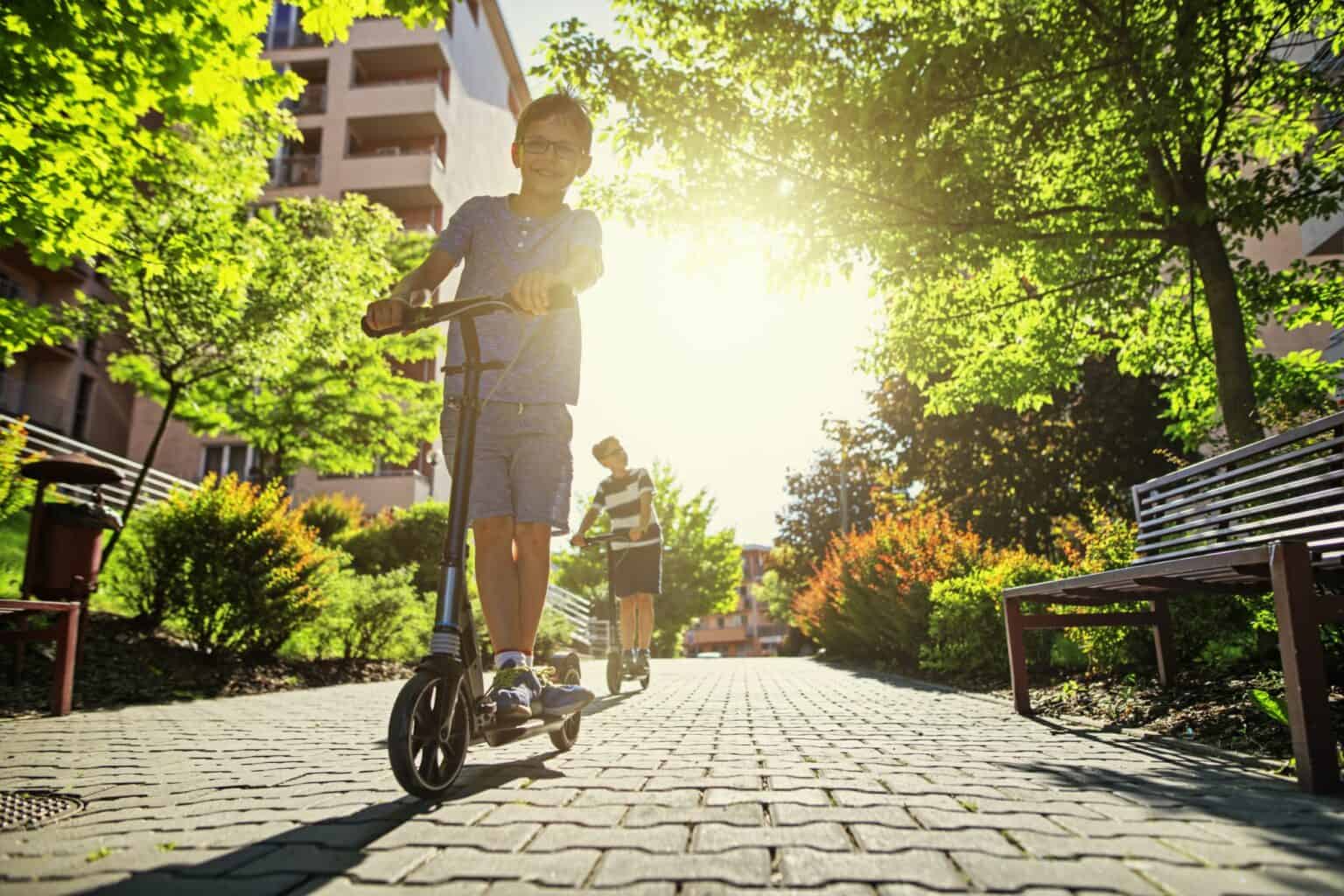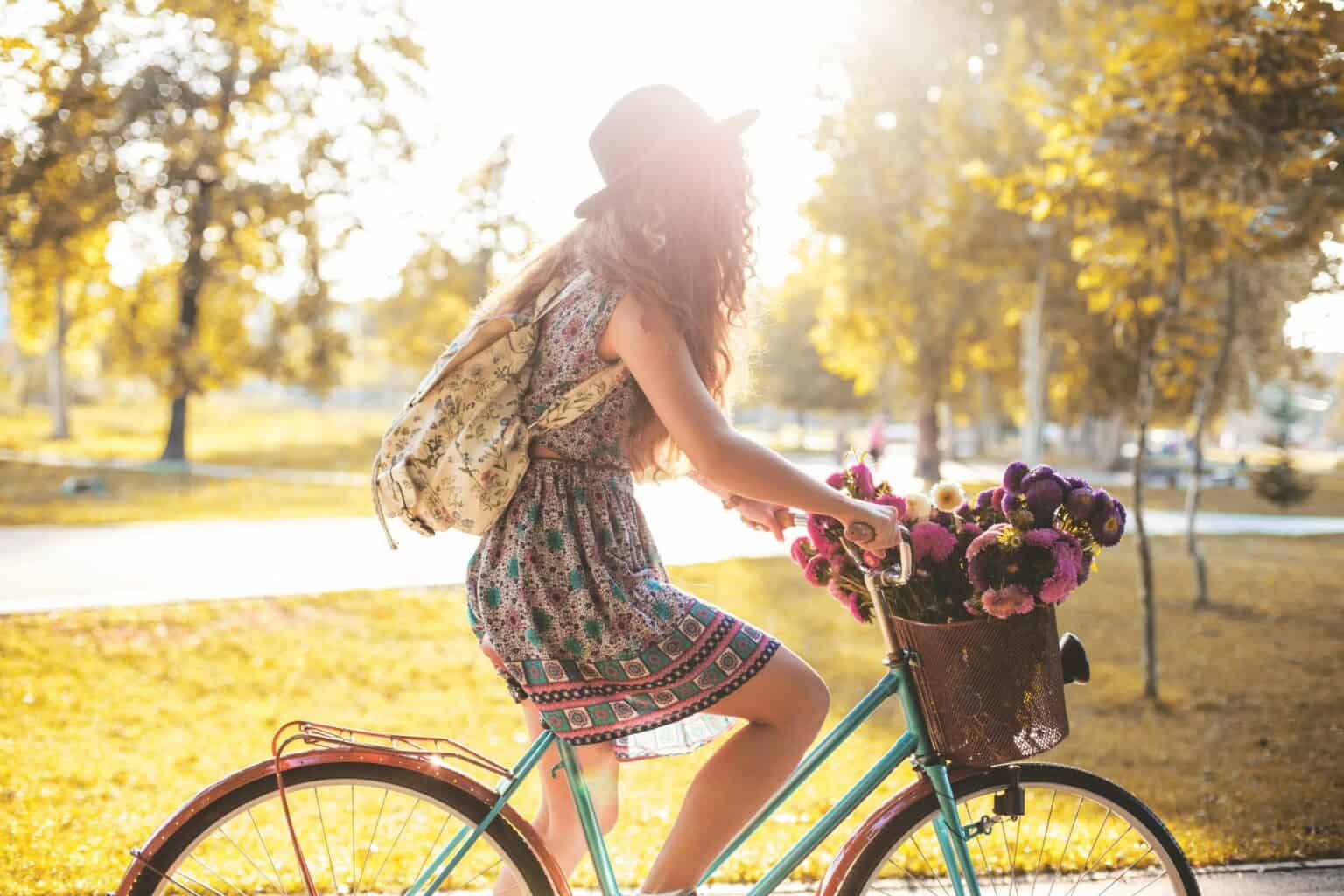How to transform the cities we live in into places to love walking

Nowadays we feel more and more acutely the need to become one with nature, to feel its benefits and to be part of it with gentleness and care. Climate change is sounding the alarm that we need to slow down the step towards consumerism and the crowding of the spaces in which we live. It would be ideal if we could focus on what is really useful for us and for our physical and mental health, namely, making a habit of walking as often as possible.
How we transform the cities we live in by walking

Can we walk more often when we live in the city? Certainly, even if, at the moment, many large cities in Romania are not very friendly to walking. And that’s not because there aren’t promenades, pedestrian walkways and other special infrastructure elements for people to easily get from one place to another. But because the congestion, noise, and polluted air make walking a not necessarily pleasant activity, especially if it happens in the vicinity of boulevards and hyper-trafficked streets.
Practically, the ability to walk around cities was no longer the focus of urban planners, as the need to use means of transport had increased. Although cities seem to be made to reflect this preference of people to use vehicles to get from place to place, there are movements around the world to bring back the joy of walking.
People want to live in cities that open their appetite for walking and don’t make them feel dependent on cars. They know that walking has many advantages for them, including:
- contributing to a cleaner environment and a smaller carbon footprint (by eliminating the noxes that the car they would have driven would have removed into the air)
- better immunity and well-being by reducing anxiety and the risk of depression, heart disease, diabetes, stroke, high blood pressure and more.
- saving money on fuel, car maintenance or parking fees, as well as eliminating the stress of finding a parking space in congested areas.
- more human interactions than when driving, thus contributing to increased self-esteem and feelings of happiness.
- psychological benefits – when we walk in nature it is beneficial to do it alone, so we will be able to recreate, settle our thoughts and gain more clarity, while in urbanized areas, walking in the company of someone is much more pleasant
Greener neighborhoods that quickly meet people’s needs

For cities to become more pedestrian-friendly and encourage more people to do so, infrastructure development is needed. Moreover, old neighborhoods can be adapted to meet people when they have to get from one place to another. With regard to new neighborhoods or those to be designed, it is important to consider how beneficial it is for people to walk, but also to have nearby, at pleasant distances, as many points of interest for them as possible.
For example, in h4l neighborhoods everything is adapted to the needs of the tenants, receiving their happiness, satisfaction and well-being. Thus, here you find numerous dedicated areas, such as a fitness room, free work office, community center, shopping areas, sanitary points and many green spaces adapted for any age category, so that people feel encouraged to go out, but also to walk to get where they want faster. They are usually placed in the vicinity of centers of interest in cities such as Bucharest (a neighborhood of houses with a garden and four apartment neighborhoods), Brașov (a neighborhood of apartments), Constanța (a neighborhood of apartments) and access to them is made easy and quick, at most 15-20 minutes on foot. Therefore, the positioning of neighborhoods in the urban agglomeration matters, but also the way it is organized inside, so that residents have as many opportunities as possible to walk from one side to another, but also to interact with the community, to share the same values.
Electric mobility – less noise and zero noxes

When we talk about reducing the carbon footprint, an absolutely necessary measure to take in light of the negative impact that greenhouse gases have on biodiversity, this aspect can be greatly improved if people will replace polluting means of transport with ones that do not affect the quality the air. In addition to using electric vehicles and equipping cities and neighborhoods with specific infrastructure for their electric charging, it is important that people understand how much good they can do for the planet if they rethink how they can move to what they care about. At least 10% of the parking spaces in the h4l neighborhoods are provided with charging stations for electric cars, so it is important that people are encouraged to perpetuate the good with the help of developers and local authorities.
On the other hand, more and more large cities around the world are turning streets usually traveled by cars into mixed-use, car-free public spaces where people can roam freely. On the same note, in the city of Melbourne, Australia, the “Melbourne Plan” was initiated, which revolves around the notion of “20 minutes neighborhood”, referring to the idea of living locally, giving people the opportunity to meet most of their daily needs within a 20-minute walk from home, on foot, by bike or by public transport (mostly non-polluting).
In order for the world to change and adopt an environmentally friendly outlook that allows us to live healthy and enjoy life, it is important to be part of communities where we thrive with these visions. Moreover, if the cities and neighborhoods in which we live will create suitable frameworks to take them for a walk, use bicycles or sustainable means of transport, they would become cleaner and more welcoming.
If you want your experience in this sense to start somewhere safe, innovative and with a focus on bringing joy into life and increasing its quality, any of the h4l houses and apartments are waiting for you to turn them into “home”.
This article also exists in Romanian here – Cum transformăm orașele în care trăim în locuri în care să iubim mersul pe jos